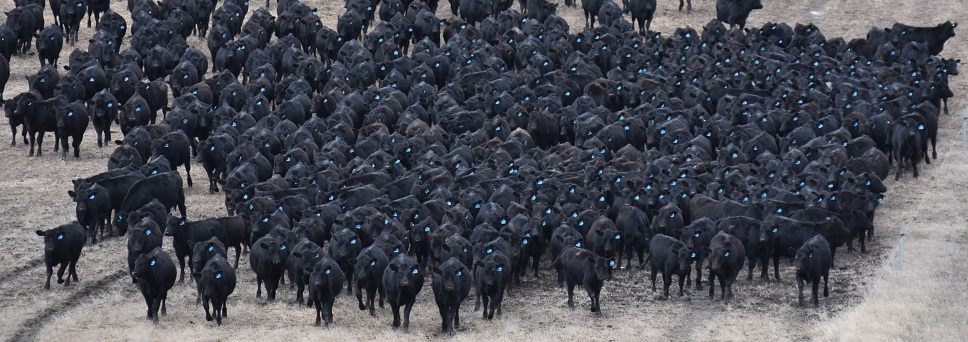Tom Gubbins is convinced Te Mania Angus will only breed fat for the purpose of fat rather than breed fat to use its weak correlation to fertility in a bid to get more fertility. The Te Mania Angus director said no serious breeder or producer should act without finding the facts of the trait itself.
Which is why Te Mania Angus and members of Team Te Mania have been part of the Trans-Tasman Beef Cow Productivity Project since its inception. Meat and Livestock Australia and Beef + Lamb New Zealand are investing millions of dollars into the joint beef research project, a first for Trans-Tasman red meat industry relations.
It is a project, Tom said, focused on finding the right science, rather than relying on unsubstantiated individual opinions. “We push the boundaries of other traits of production – such as growth, carcase, yield, birthweight and calving ease – but to keep everything balanced objectively, we need to understand all the traits that would be affected by any genetic gain in others,” Tom said.
“The Trans-Tasman project has been collecting age of puberty data on heifers, and on fat and fertility results, and all this information means the data can now be analysed to ascertain whether some of those traits are influencing cow fertility,” he said.
“But the essence of the project is it has quantified what until now has been assumption, perception and opinion – and all subjective.” Tom said the interesting thing was the project has shown animals that aren’t even cycling before going into a joining program are still getting pregnant. He said out of all the research and data some fascinating things have come out of this body of work.
“We all know fat influences fertility at the phenotypic level. If you feed your animals well going into, and through joining, they were more likely to get into calf than if you didn’t,” Tom said. “That’s not the same as when you try to breed them to be fat, it makes no difference.
“That’s also another interesting finding because genetically fertility is different to fat,” he said. “We have been assuming, even hoping that is the case but this work has quantified it. “Genetically fertility and fat don’t have a strong correlation, which is often very difficult for farmers to understand because at the end of joining your empty pen can appear in a lower condition score than the pregnant pen, so the easy assumption is the genetic correlation with fat and fertility is in fact high. “But it’s not, all those animals are there for some other reason that made them thin and infertile.
To accurately work out a genetic influence you need to understand the relationship between the animals, ie aunts, uncles, cousins” One of the goals of the Trans-Tasman Beef Cow Productivity Project has been to allow breeders to maintain conception rates and get an animal in calf earlier, because the earlier you do it in the joining process the heavier the calf is as a weaner.
The earlier breeders can achieve conception at a higher rate, the more kilograms of beef you grow per hectare. “And that,” Tom added, “is something all farmers understand and value because that’s the business they are in. “Even better, you get more beef for the same cost,” he said. “It is pointless seeking a boost in the fertility profile of your cow herd by selecting to increase fatness – you must select for fertility not fat.”
One of the issues raised at the most recent TTBCPP meetings was apparently an obvious one but one, at the same time, the committee felt needed to be spelt out. Tom said that involved everyone agreeing farmers feed their animals for the mean of the group. He said if you had 100 cows in a mob you would feed them for the 50 percentile band. “If they require 10kg of feed then you feed them 10kg a day,” Tom said.
“The cattle in that median percentile band will eat that 10kg a day and gain weight, but the smaller/early maturing animals will still eat 10kg a day and they will get fatter. “But the animals that are a bit larger/ later maturing will also only eat 10kg a day when in fact they need 12kg or more – so they will get thinner,” he said. “So if you modify the growth rates of the animals to improve the lean ones in your mob, what happens is you produce a new mob and they may require 9kg of feed.
“But you are still feeding for the mean, so you still have large and lean animals across the population of your mob, still giving you lean animals.” Tom says the solution is to perhaps, draft your animals into different feeding groups. (This is not something that we can do in our stud herd as it mucks up our contemporary groups)”.
“It seems from this general observation that large cows eat more, which they do per head, but you need to bare in mind that their progeny grow faster which compensates for the extra feed that the cow eats. It is important to choose a cow size that matches your environment and market. Large cows are more efficient biologically as long as you can feed them.

